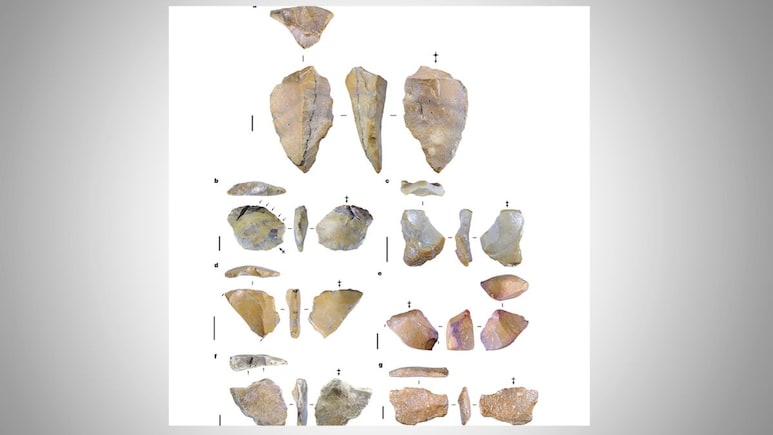
Scientists have found stone tools that date back between 1 million and 1.5 million years on the Indonesian island of Sulawesi. The finding, led by Budianto Hakim from the National Research and Innovation Agency, suggests the island was occupied by an unknown human relative long before our own species (Homo sapiens) evolved.
The team discovered seven stone tools, stuck in layers of sandstone, at a site in Calio. The ones near the surface were younger, while the oldest one was found about two feet deeper underground, according to CNN.
Until now, the earliest evidence of hominin activity on Sulawesi dates to about 194,000 years ago. This discovery of flaked stone tools could change what scientists knew about how and when early humans moved around in Southeast Asia.
The discovery of ancient stone tools on Sulawesi suggests that this Indonesian island was populated by hominins at around the same time as the nearby island of Flores, if not earlier, according to a paper in @Nature. https://t.co/jU5kYZffxR pic.twitter.com/1J0b1YjYDI
— Nature Portfolio (@NaturePortfolio) August 6, 2025
Researchers believe these ancient inhabitants were not modern humans like us but an earlier species, possibly related to the mysterious "hobbit" humans (Homo floresiensis) discovered on the nearby island of Flores, about 1.02 million years old, reported CNN.
These extremely ancient tools, created by chipping stones into sharp edges, show the long-term presence of ancient human relatives. Researchers now believe there may be a link between the ancient Flores and Sulawesi populations in light of the recent finding of similarly ancient artefacts on Sulawesi.
Adam Brumm, Professor of archaeology at Griffith University in Australia and a study co-author, told Live Science, "These are simple, sharp-edged flakes of stone that would have been useful as general-purpose cutting and scraping implements."
Archaeologists discovered species on Flores in 2004, according to National Geographic. The "hobbit" species was very small, about 3 feet tall, and lived around 60,000 to 100,000 years ago. Later, scientists found another small-sized ancient species, called Homo luzonensis, on the island of Luzon in the Philippines. They lived between 50,000 and 67,000 years ago.
Gerrit van den Bergh, a vertebrate palaeontologist from the University of Wollongong in Australia and one of the authors of Nature, said, "At least one million years ago, there were tool-producing hominins on Sulawesi."
Track Latest News Live on NDTV.com and get news updates from India and around the world

